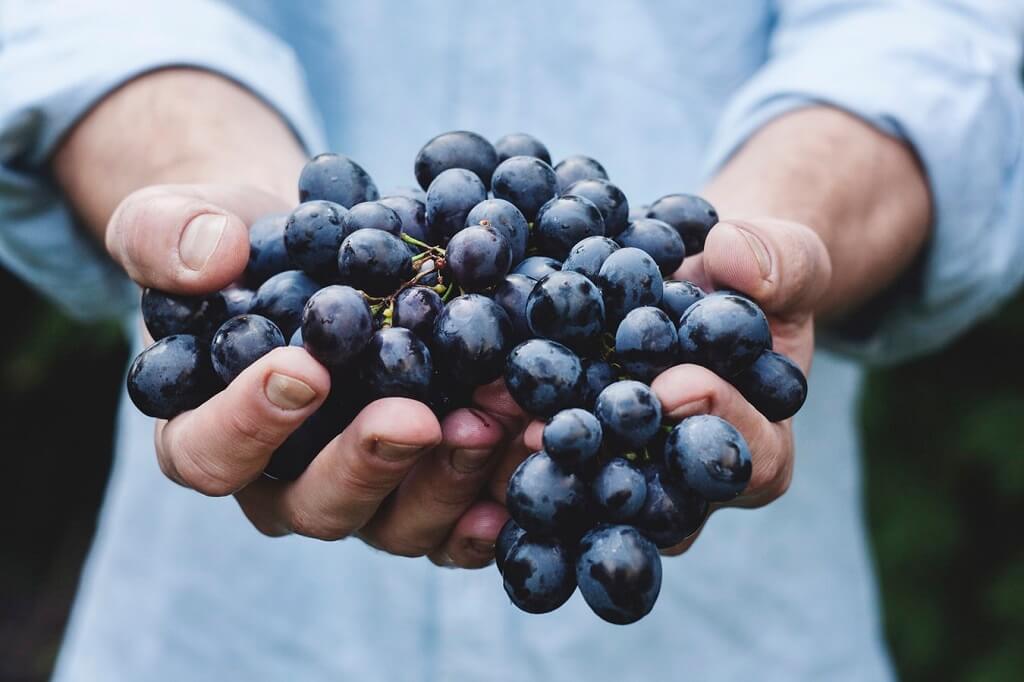A Look at Bordeaux Wines: What Makes it so Special?
Wine is one of the most popular beverages in the world. From the supermarket aisle to Michelin starred restaurants – you can expect to find a bottle of wine in almost all places that served or sold food. There is no doubt that most of us love wine.
However, there is a type of wine revered by many because of its quality and taste. World-renowned and dubbed as a top tier wine, Bordeaux wines are unique in character, taste, and style. Wine is famous, but Bordeaux wines stand out among other wines.
What are Bordeaux Wines?
Bordeaux wines got its name after the place where its grapes are grown: the Bordeaux region found in southwest France.
It is a highly esteemed wine blend in the world, and has both red and white wines. However, most people associated Bordeaux with red wine blends made from creating a mix between a Cabernet Sauvignon, Merlot, and other grape varieties. The ratio of each variety would depend on where and what winery made the blend.
For wine lovers, Bordeaux is a dream destination. It is brimming with wineries and estates, compromising 12,000ha of vineyards. With 57 appellations, the Bordeaux is the biggest producer of appellations in all of France. It is massive compared to other wine producers in the country and is the most famous wine region in the entire world.
What Makes it Special?
Because of the number of producers of Bordeaux wines, there are at least 10,000 different variations of it. This means that no two wines taste the same. But where do Bordeaux wines get its distinct flavor?
The answer is found in the grapes. Red Bordeaux wines are a blend of different grape varieties: Cabernet Sauvignon, Merlot, Cabernet Franc, Malbec, and Petit Verdot. The Red Bordeaux Blend Wines are the most popular and the most replicated blend all over the world.
The Bordeaux Grape Varieties
Here are some of the best Bordeaux varieties:
Cabernet Sauvignon
The second most planted variety of grape in the Bordeaux, the Cabernet Sauvignon, is dubbed as the king of the grapes.
The grape was cultivated by mixing a Bordeaux grown Cabernet Franc and Sauvignon Blanc. The Bordeaux Cabernet Sauvignon wine has black currant as its dominant flavor. This type of grape, however, is always blended with other wine varieties.
The Cabernet Sauvignon has a high tannin content, making it an ideal pair to foods that have bold flavors. Its taste might consist of black currant, blackberry, mint, tobacco, or even pencil lead. It has a vibrant, ruby color, taken from the color of the grape’s skin.
Merlot
The most common grape variety in Bordeaux, Merlot, holds approximately 60% of the area in Bordeaux. Merlot is easy to cultivate and ripens fast, making it the grape variety that is widely grown. Merlots are easy to drink, that is why it holds well on being drank on its own or paired with food.
It’s the soft and elegant texture is the reason why it’s one of the most popular red wines out there. Its primary flavor is plum and usually accented with fruit cake, raspberry, or chocolate flavors. Because of its range of characters, a lot of people enjoy Merlot. It has a lighter hue than the Cabernet Sauvignon.
Cabernet Franc
To put it simply, the Cabernet Franc is where both Merlot and Cabernet Sauvignon came from and usually used as a blend for the two. By adding a Cabernet Franc in a wine blend, winemakers give Bordeaux wines a pleasant aroma.
What can take win lovers by surprise whenever drinking a Cabernet Franc wine is the aroma of bell peppers. Warmer climates tend to create a smell akin to roasted bell peppers- which is a bit sweeter, but still notable. Aroma compounds called methoxypyrazines cause its distinct scent.
Malbec
Wine made from Malbec grape varieties are full-bodied and a great alternative to the Cabernet Sauvignon. Its taste varies depending on the climate the grape was grown in. Colder climates tend to have a dominant flavor of blackberry, while warmer climates generate wines with a black cherry taste.
Malbec grown in France has moderate tannin and acidity, making its alcohol content lower than its Argentinian counterpart. It has a deep purple-red color, almost opaque, but would usually have a rim with a bright magenta hue.
Petit Verdot
This type of grape variety is usually used and blended minimally in classic red Bordeaux blends. Despite having a bold and fruity/floral taste, the grape variety is rarely used because of how long it takes to grow it.
The seasons are too short for the grapes to fully ripen, giving the grape a green and bitter taste. Winemakers decided to use Petit Verdot in minimal amounts so that the bitterness won’t be apparent and to add a touch of color to the Bordeaux wines.
In warmer climates, Petit Verdot tends to contain flavors such as blueberry sauce and jams. However, colder climates tend to create a flavor that is either blueberry tart or dried herbs.
Takeaway
Bordeaux wines are sought after by wine lovers. Because of the vibrant cacophony of its flavors, the wine is full of dynamic personality and unique taste. Its captivating flavor all boils down to the varieties of grapes winemakers used to give Bordeaux wines their signature distinctiveness. After all, grapes cultivated with love, care, and in excellent conditions would result in Bordeaux wines that taste like no other.
839GYLCCC1992





Leave a Reply